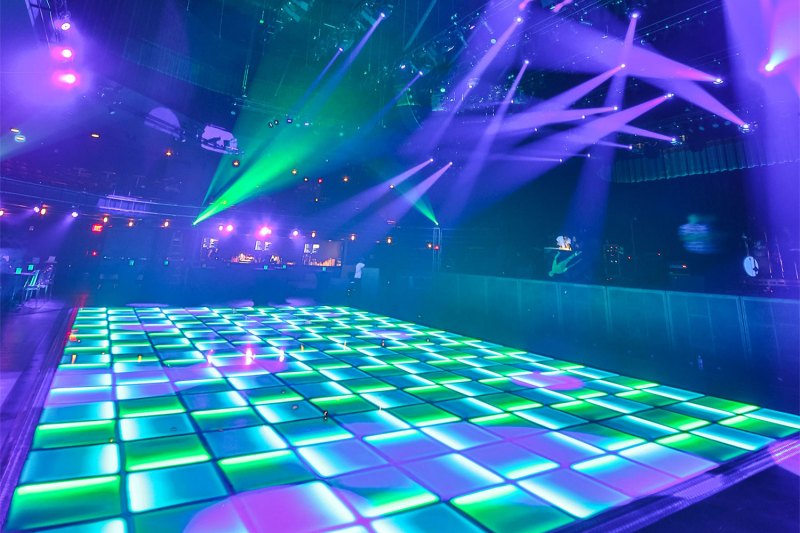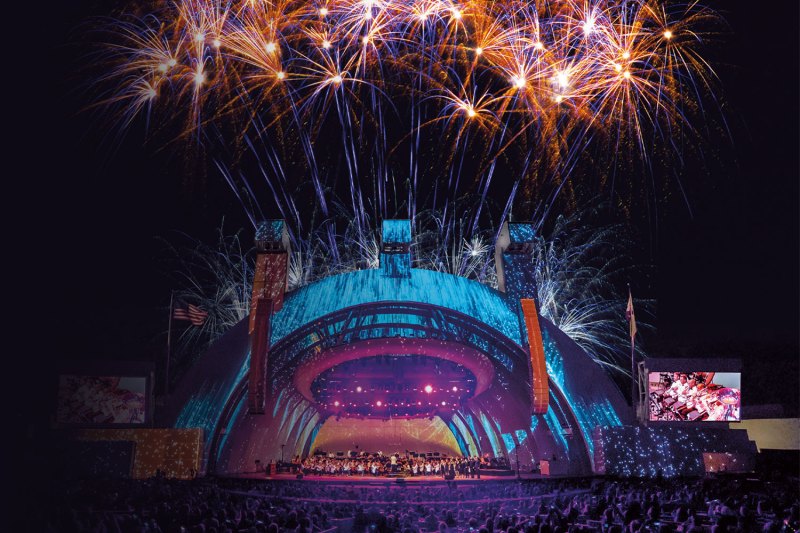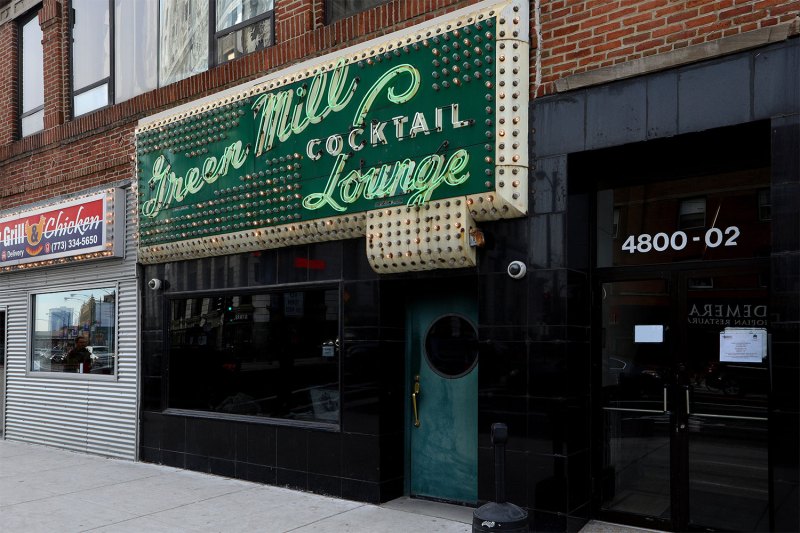Context is not always everything, but it sure as hell is constantly something. In live music, the complex formula of surroundings can make or break a great performance. Gifted as the band may be, bad acoustics or a poorly designed pit can distract to the point of you leaving well before the first encore is played.
America is home to a great number of fantastic music venues, lauded for their sound and history as much as the famous acts that have torn up their hallowed stages. But what about the coolest concert spots — the ones that are timeless yet fascinating, nonchalant yet incredibly captivating?
Music’s a debate-heavy galaxy but most people will agree that a show at one of the following venues — whether it’s to catch a legend like Dylan or your favorite hometown singer-songwriter — is always a more than worthwhile evening.
Doug Fir Lounge
Portland Oregon

Set in a bar and restaurant that looks like it was made of Lincoln Logs, the Doug Fir is one of the best venues in the Pacific Northwest. The Portland club touts razor-sharp acoustics, solid visibility, great interior design, and hosts some of the strongest mid-sized bands on the circuit. Better still, it holds just 300 people, making every live set an intimate one.
First Avenue
Minneapolis, Minnesota

Parked at the corner of First Avenue and 7th Street in downtown Minneapolis, this appropriately named club originally opened as a Greyhound station in 1937. Since, First Avenue has become a cultural hot pot and the frequent playground of the late Prince, a Twin Cities god. It’s a lauded musical temple, featured in Purple Rain, a place where U2 wrote songs, allegedly haunted, and helped build a vibrant Minneapolis music scene back in the ’70s. Cooler still, there’s a smaller club within the club called The Entry that caters especially to local acts.
The Gorge
George, Washington

The Gorge is so beautiful that it’s baffling. The outdoor theater in a dramatic pocket of central Washington is known to stop singers in their tracks, prompting them to pause and applaud the setting sun in the gorge behind the stage. That kind of natural beauty, with a stage seemingly balanced on the edge of the world, draws some unbelievable talent. This is the kind of venue big guns like Dave Matthews demand to play every year, for multiple days at a time.
ACL Live at the Moody Theater
Austin, Texas

Several years back, the famous Austin City Limits broadcast moved from its longtime home at the University of Texas to a stunning new venue. The Moody Theater has gone on to become world-class, meticulously designed with cutting-edge acoustics and a cubic demeanor that makes every seat in the house a good one. It’s rumored that the layout here is so good that the artist on stage can make actual eye contact with each and every crowd member. And Willie Nelson has his own weed-smoking area.
Hollywood Bowl
Los Angeles, California

Even Rolling Stone has raved about this venue. But it’s not surprising once you’ve caught a set at this picturesque amphitheater nestled into the Hollywood Hills. It’s the summer home of the L.A. Philharmonic and originally featured stage shells designed by Frank Lloyd Wright.
Today’s version is much the same and honors the original layout. It continues to be a stage that inspires the best from performers, a place where the Beatles played, Pink Floyd beat on a flammable gong, and The Doors played their final show. In addition to being close to a metropolis, the Bowl is removed enough to offer some great wildlife sounds and sightings for those paying attention.
Green Mill Cocktail Lounge
Chicago Illinois

Believed to be the Windy City’s oldest still-functioning club, the Green Mill opened its doors in 1907 as Pop Morse’s Roadhouse. It soon became a hangout spot for local jazz acts, actors and actresses, and mob members. Al Capone’s favorite booth still stands at this amazing joint in uptown Chicago.
The cool factor here is written on the mostly unchanged walls, the unrivaled green neon sign out front, and the sit-down lounge environment that was so commonplace as Chicago became synonymous with great jazz. You’ll want to settle in, order a gin and tonic, and tap your feet.
The Triple Door
Seattle, Washington

Housed in a former theater built in the 1920s, the Triple Door officially launched in 2003 in downtown Seattle. Yes, it missed the grunge era, but it’s become a favorite for local and traveling acts alike, beloved for its space and sound as well as its noble fundraising efforts.
While relatively new, it’s modeled after the small-scale dinner theaters of old. The Triple draws an eclectic mix of bands to a city known to have produced a hit band or two. In an era of jam-packed floor pits set beside a stage, this venue is a slice of well-appointed, sit-down heaven.
Bowery Ballroom
New York City, New York

New York has a boatload of great venues, from impromptu outdoor spots like Prospect Park to Arlene’s Grocery and Webster Hall. Manhattan’s Bowery Ballroom is arguably the coolest, with gorgeous bronze rails and a reasonable capacity of about 575.
The former shoe store and then-vacant building took on the Bowery name in the late ’90s. It’s now a place on every great musician’s radar. Patti Smith played New Year’s Eve here for 14 straight years, for Pete’s sake. Adding to the coolness of the place is the fact that it remains one of relatively few independently owned music venues in the conglomeration-hungry American music landscape.
Preservation Hall
New Orleans, Louisana

The New Orleans institution otherwise known as Preservation Hall is a French Quarter landmark. It sports a touring house band of the same name, record label, and non-prof foundation. It got its start in the early ’50s but the building goes back to the early 1800s when it was a tavern.
It’s an important slice of jazz culture in a city that’s been ever-generous in its musical contributions. This is where fledgling local bands would fine-tune their sounds via jam sessions and touring acts would play before a music-loving city in a neighborhood where a rhythm or two is always playing. It’s a rustic, house-like venue that perfectly encapsulates the bayou side of Americana and domestic jazz.


